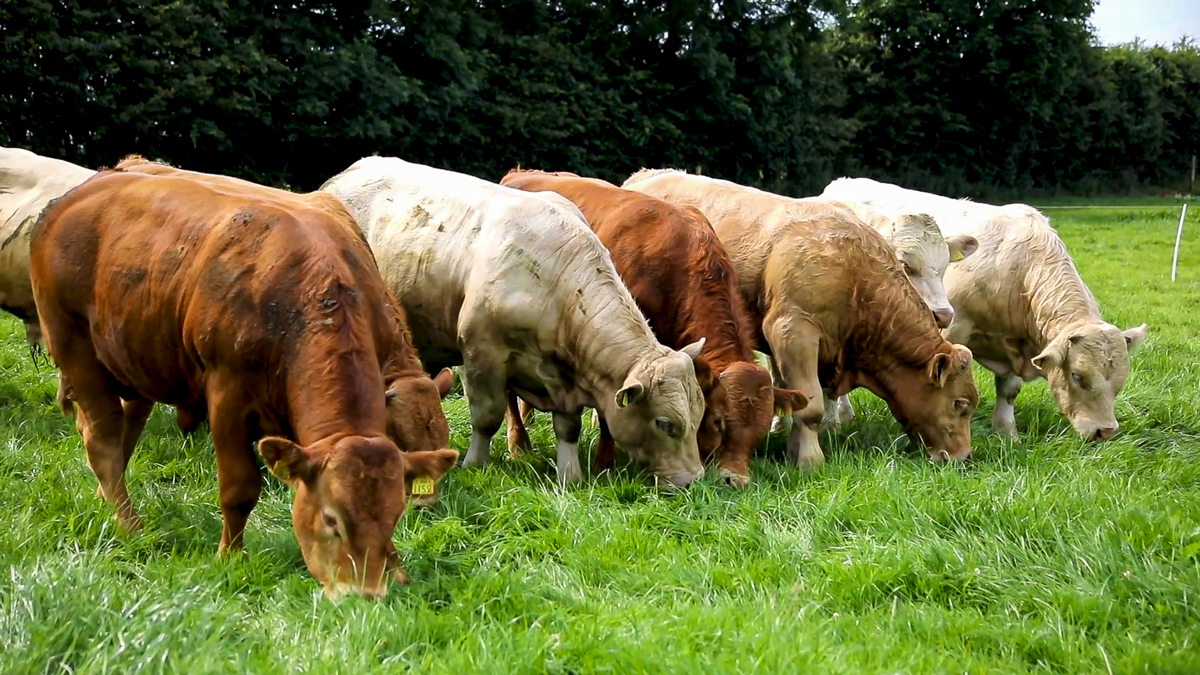Recently published research has, for the first time, provided an overview of the country’s cattle population by enterprise type.
The novel research has resulted in the classification of the Irish cattle population into seven main herd types, with a further 18 sub-types identified.
It will, according to the researchers involved, form the basis for a number of future comparative studies in the sector that could, potentially, focus on animal health, and profitability.
The research may also feed into a structural analysis of greenhouse gas (GHG) emissions across production systems.
And, it will inform discussion on a range of relevant issues, including a better understanding of disease epidemiology in infectious-disease eradication planning and surveillance.
This body of work, entitled ‘The Irish cattle population structured by enterprise type: overview, trade and trends’ was carried out by researchers from the Centre for Veterinary Epidemiology and Risk Analysis, UCD School of Veterinary Medicine; Animal Health Ireland; and Helmholtz Centre for Environmental Research.
Published recently in the Irish Veterinary Journal, the work has addressed a gap within what the researchers described as “the most important economic production unit of the Irish farming and agri-food sector”.
The researchers used data from the Animal Identification and Movement (AIM) database for the period 2015-2019, and assigned registered herds to one of 18 different herd types.
They accessed data from three dates – January 1, May 1, and September 1 – for each of the five years, inclusive.
“This approach was chosen to get an impression of the herd composition at different times of the year instead of a single snapshot,” according to the researchers.
Herd types
The results found that, within the Irish cattle population – split into seven main herd types and 18 subtypes – beef herds are the most common herd type, accounting for 48% of all herds in 2019.

The proportion of dairy herds is relatively low at 11%, but these herds are larger, on average, which is reflected in the proportion of animals registered in these herds.
Mixed herds – enterprises with both beef and milk production – represented 6.1% of the total herd count.
The store/rearing herd group accounted for 15% of the total herd population.
Fattening herds are the third most common herd category in Ireland, at 16.1%; while trading herds – 0.7% – as well as unclassified herds – 3.1% – make up only a small proportion of the herds, both nationally and within individual provinces.
Herd sub-types
Within the 11,000 dairy herds registered in 2019, the research identified four sub-types.
The most common of these involves selling male calves within a few weeks after birth, while sufficient female calves are kept and reared as replacement heifers.
However, in 2019 more than 2,000 herds also reared their male calves and were classified as subtype ‘dairy rearing male’.
Non-rearing dairy herds are also present in the Irish dairy sector, which sell most or all their calves and comprise two further dairy subtypes.
‘Dairy non-rearing contract herds’ move their female calves to external contract rearing farms (‘rearing dairy females’) where they are reared and later inseminated before returning to their birth herd as in-calf heifers.
‘Dairy non-rearing non-contract herds’ source replacement cows through the purchase of non-homebred animals.
Five sub-types were identified within the 50,000 beef herds.
Among them were ‘beef suckling to weanling’ where the majority of weanlings are sold at autumn sales during September and October while some female calves are kept as heifer replacements; and ‘beef suckling to youngstock’ which includes retaining a proportion of females as replacements – these calves are kept for a longer period, to allow weaned calves to gain weight prior sale.
Other subtypes include ‘non-rearing suckling to youngstock’ herds; suckling to beef herds; and, representing only a small proportion of the beef sector in Ireland, beef pedigree (BP) herds.
These are an “important source of pedigree breeding stock to other commercial cattle producers in both the dairy and beef sectors” according to the research.
In 2019, more than 15,000 store or rearing herds were registered – these herds are non-breeding, and focus on the rearing of young animals from the beef and dairy sectors.
Other herds
More than 15,000 (16%) fattening herds were registered in 2019; mixed herds tended to focused on beef production; and trading herds are characterised primarily on the basis of having a very low proportion of animals that remain in them for more than 30 days.
Herds that could not be assigned to an enterprise type were termed ‘unclassified’.
The majority of these are “seasonal” herds with registered animals at only single points of time in the year.
Cattle population
The research also found that Irish cattle numbers rose by about 5.2% (~ 340,000) between 2015 and 2017, peaked in 2017 at more than 7 million before subsequently falling by more than 150,000 head in 2019.
In beef herds, there has been a steady decline in the number of animals since 2016.
More than 2.64 million animals were registered in beef herds in 2016, falling by 7.6% to 2.44 million in 2019.
A slight but positive increase in cattle numbers was observed in the Irish dairy sector, increasing by 3.5% from 1.95 million in 2015 to 2.02 million animals in 2019.
